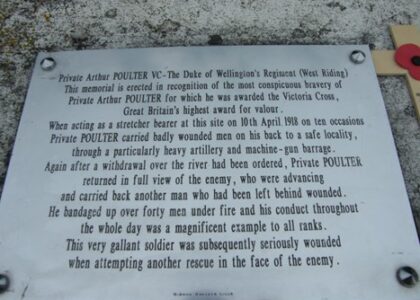The story of the French naval ship, Le Vengeur du Peuple, is one deeply entrenched in the turbulent era of the late 18th century. Originally launched in 1766 as ‘Marseillois’, this 74-gun ship of the line was built with funds from the Chamber of Commerce of Marseille. It served prominently during the American Revolutionary War under Admiral d’Estaing’s command, participating in notable engagements such as the Battle of the Chesapeake. After the earlier ‘Vengeur’ was lost in 1793, the Marseillois was renamed ‘Vengeur du Peuple’ in February 1794, a name it carried into the heat of the Battle of the Glorious First of June.
During this battle, the Vengeur du Peuple engaged in a fierce duel with HMS Brunswick. Despite a valiant fight, it was disabled and later sank, with nearly half of its crew perishing. The event became a pivotal moment in French naval history, enshrined in legend and used as Revolutionary propaganda. The narrative of the crew heroically going down with their ship was perpetuated by the National Convention and famously recounted by Scottish historian Thomas Carlyle. This tale, however, was contested by eyewitness accounts, but it nonetheless captured the spirit of Revolutionary France.
The Vengeur du Peuple’s story is a vivid reminder of the naval conflicts that defined the Revolutionary and Napoleonic wars, illustrating both the valor of the sailors and the power of narrative in shaping historical memory.






